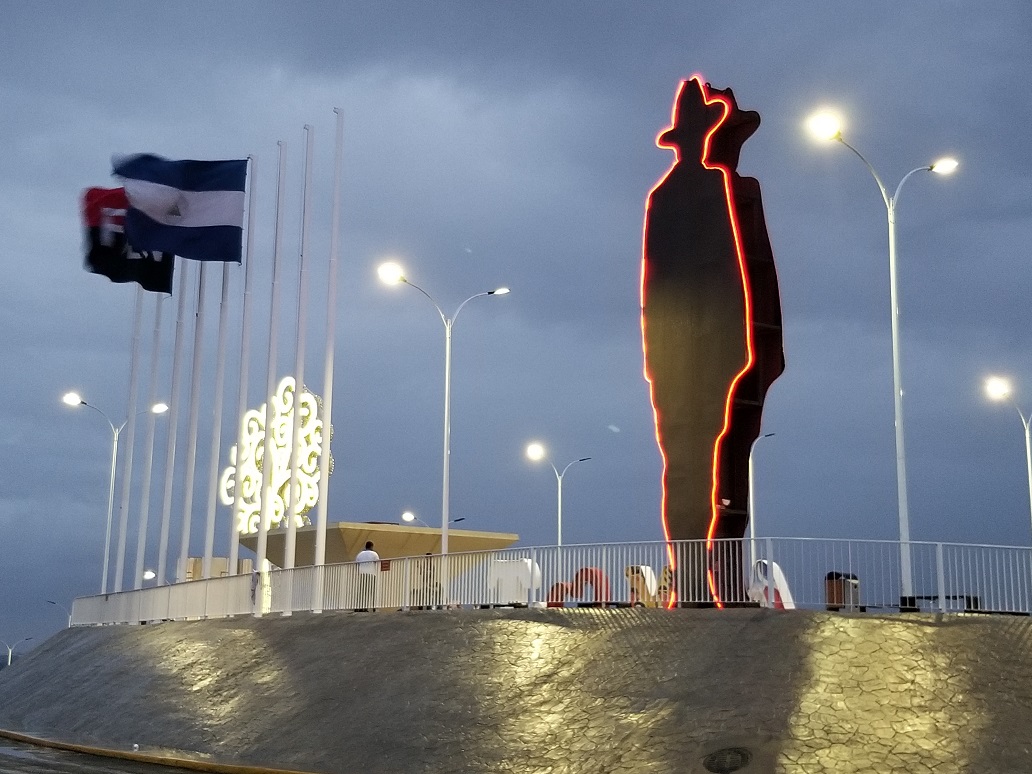by NETFA FREEMAN

While the US government haggles over the cost of providing basic human rights to its citizens, it is also targeting countries like Nicaragua that struggle to guarantee these rights to all of its citizens, especially Indigenous and Black populations.
On November 7th, the people of Nicaragua will go to the polls to reaffirm the commitment to their revolutionary democratic project, a project that began in 1979 when the Sandinista National Liberation Front (FSLN) defeated a vicious, neocolonial, gangster regime of Anastasio Somoza that was put in power by the United States. Under the leadership of the FSLN, the people of Nicaragua were able to finally control their own history and destiny. However, U.S. imperialism was not going to respect the wishes of the people. Under the neofascist president Ronald Reagan, the U.S. launched a brutal war of aggression, part of the Reagan administration’s counterrevolutionary strategy to reverse gains of revolutionary movements. This strategy not only targeted the people of Nicaragua, but also the New Jewel Movement in Grenada, the Iranian revolution –both of which also took place in 1979– and the victory of ZANU-PF in Zimbabwe in 1980.
It is important to point out that organizations that were a part of the radical, anti-imperialist Black Liberation Movement provided critical logistical, political, and moral support to all of these efforts throughout the seventies. For Black revolutionaries, committed to People(s)-Centered Human Rights (PCHRs), that center decolonial self-determination, social justice and socialism, support for these struggles was not an issue of “solidarity” but of a common struggle against a common enemy.
Nicaragua has a special place for the U.S. Black community for a number of reasons. The central one is that when the Reagan administration was restricted from using government resources to fund the counterrevolutionary war it initiated against Nicaragua, that administration organized a drug smuggling scheme that flooded our communities with cheap rock cocaine from Colombia. This was the period that introduced crack cocaine into Black communities.
Black Agenda Report for more
